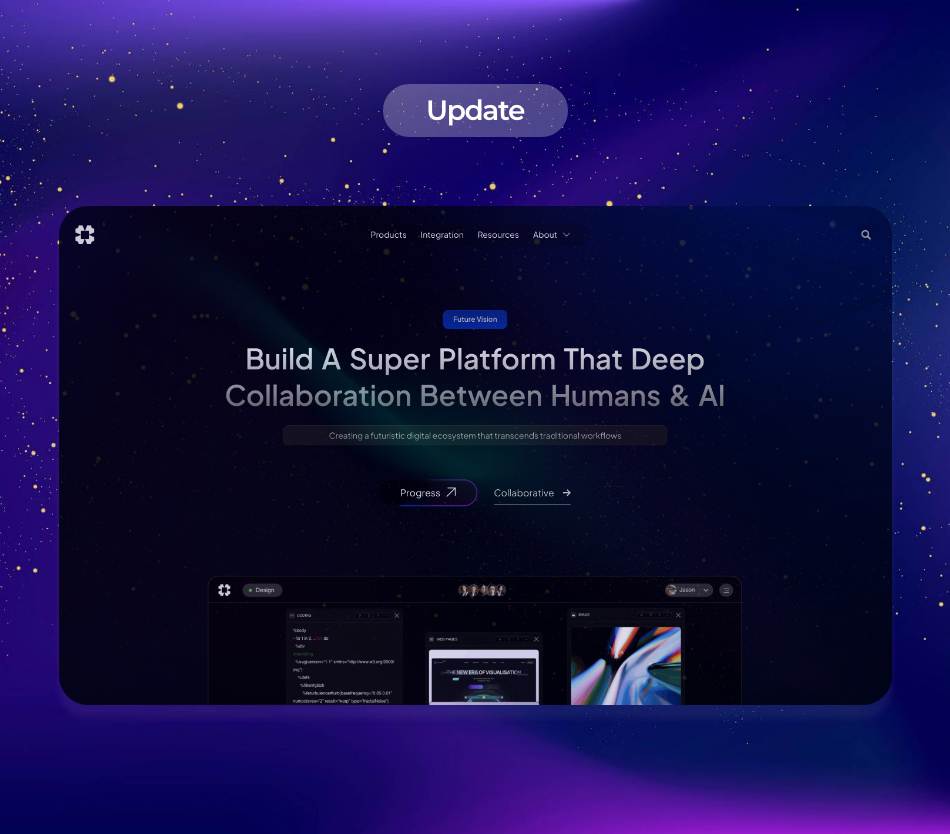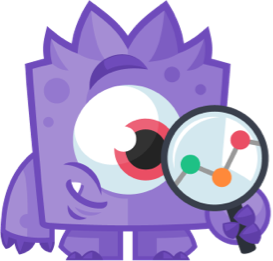In the rapidly evolving landscape of 21st-century business, the concept of automated workflows has emerged as a crucial driver of efficiency and productivity. By leveraging modern technology, organizations are transforming their operational landscapes, allowing for streamlined processes that enhance decision-making and resource allocation. This article delves into the realm of automated workflows, particularly their applications in sectors like law enforcement and digital strategy, while also highlighting trends, solutions, and industry use cases that are shaping the future of work.
.
**Understanding Automated Workflows**
Automated workflows refer to the use of technology to streamline and automate repetitive tasks and processes within an organization. This can range from simple task automation, such as sending emails or notifications, to complex processes that involve multiple departments and systems. The primary goal of automation is to reduce manual intervention, minimize errors, and free up human resources for higher-value tasks.
.
According to a report by McKinsey, automating tasks can lead to a productivity increase of 20% to 25%. This statistic is especially significant in industries grappling with labor shortages and rising operational costs. As market dynamics shift, companies are increasingly adopting automated workflows to remain competitive.
.
**AI in Law Enforcement: Transforming Safety and Security**
One of the most compelling applications of automated workflows can be found in law enforcement. The integration of Artificial Intelligence (AI) into policing strategies is revolutionizing how agencies operate. AI can enhance various aspects of law enforcement, from crime prediction analytics to facial recognition technology, enabling officers to make data-driven decisions.
.
Automated workflows in law enforcement can streamline critical processes such as evidence handling, case management, and report generation. For instance, AI-driven software can analyze crime patterns and predict hotspots, allowing police departments to allocate resources effectively. According to a study by IBM, cities employing predictive policing tactics have reported improvements in crime reduction rates.
.
Moreover, technologies like body-worn cameras integrated with AI can assist in real-time decision-making. These cameras can automatically tag and index footage, making it easier for officers to access relevant data during investigations. By reducing the time spent on administrative tasks, law enforcement officers can focus more on community engagement and crime prevention.
.
Moreover, AI-based automated workflows can also assist in managing court cases, providing insights into trial outcomes based on historical data and streamlining the judicial process.
.
**Trends in Automated Workflows**
As technology continues to evolve, several trends are shaping the future of automated workflows across different industries:
1. **Integration of Machine Learning**: Organizations are increasingly leveraging machine learning to enhance automated workflows. With the ability to learn from data and improve over time, machine learning can optimize processes and uncover new efficiencies.
2. **Low-Code and No-Code Platforms**: The rise of low-code and no-code platforms is democratizing automation. Businesses can create and manage automated workflows without needing extensive coding knowledge, enabling greater agility in response to changing business needs.
3. **Cloud-based Automation**: Cloud technology allows for enhanced collaboration among remote teams. Many automated workflow platforms have shifted to the cloud, allowing organizations to access their processes from anywhere, ensuring seamless operation.
4. **AI-Driven Decision-Making**: As AI technologies become more sophisticated, organizations are harnessing AI to drive decision-making through data analysis and predictive insights, accounting for market trends and customer behavior more effectively.
.
**AI in Digital Strategy: Redefining Business Operations**
As businesses navigate the complexities of digital transformation, AI has emerged as a cornerstone of digital strategy. Automated workflows powered by AI not only streamline operations but also provide valuable insights for decision-makers. This intelligent integration allows businesses to adapt in real-time to market demands.
.
Organizations are using AI to analyze large datasets, derive insights, and create scenarios that inform business strategy. For example, advanced analytics platforms can automate customer segmentation, enhancing targeted marketing efforts. Instead of relying on gut feel, companies can leverage data-driven insights to allocate budgets, personalize customer experiences, and drive revenue.
.
Additionally, customer service is being revolutionized through AI chatbots that automate responses to common inquiries. This allows human agents to focus on more complex customer interactions, significantly enhancing overall service quality.
.
The convergence of AI and automated workflows is also visible in e-commerce. For instance, companies are adopting algorithmic inventory management systems. These systems predict wholesale demands based on historical sales data, ensuring that stock levels are aligned with market trends. This minimizes holding costs while maximizing sales opportunities.
.
**Real-World Use Case: AI-Enhanced Workflow Automation in Retail**
One striking example of the successful integration of AI and automated workflows is Amazon’s use of advanced algorithms in their supply chain management. The retail giant utilizes AI-driven systems to predict consumer behavior and adjust inventory levels accordingly. Automated workflows across their logistics networks mean faster delivery times and reduced costs.
.
These AI systems analyze consumer purchase patterns, weather data, and even social media trends to forecast what products will be in demand. Automated workflows then execute restocking orders, allocate resources, and schedule shipments, ensuring that shelves are always stocked with the right products.
.
This level of automation not only helps Amazon maintain its competitive edge but also provides customers with a seamless shopping experience, fostering loyalty and repeat business.
.
**Challenges and Solutions in Implementing Automated Workflows**
Despite the benefits, implementing automated workflows comes with its challenges. Organizations face difficulties such as resistance to change, lack of technical expertise, and concerns regarding data security. However, these challenges can be addressed with careful planning and execution.
.
1. **Change Management**: Successfully transitioning to automated workflows requires a cultural shift within the organization. Engaging employees through training and transparent communication can ease the transition and foster acceptance.
2. **Skill Development**: Investing in upskilling staff is crucial to effectively leverage automated workflows. Offering training programs on new technologies will empower employees to embrace automation confidently.
3. **Data Security**: As automation often involves the handling of sensitive information, organizations must adopt robust cybersecurity measures to protect their data. Implementing firewalls, encryption, and regular audits can mitigate risks.
.
**Conclusion: The Automation Imperative for Modern Businesses**
The dawn of automated workflows represents a shift towards efficiency and precision in various industries, including law enforcement and digital strategy. By leveraging AI and innovative technologies, organizations can optimize their operations, improve decision-making, and enhance customer engagement.
.
As businesses navigate this transformative era, adopting automated workflows is no longer just an option; it is an imperative for survival and growth. Those who embrace this change and invest in the necessary tools and personnel will future-proof their organizations and pave the way for enhanced productivity and innovation in the years to come.
.
**Sources:**
1. McKinsey & Company. (2021). *The Future of Work: Productivity Gains from Automation.*
2. IBM. (2019). *How Artificial Intelligence is Transforming Policing.*
3. Gartner. (2020). *The Growing Importance of AI in Business Strategy.*
4. Harvard Business Review. (2022). *How Companies are Embracing Algorithmic Inventory Management.*

























